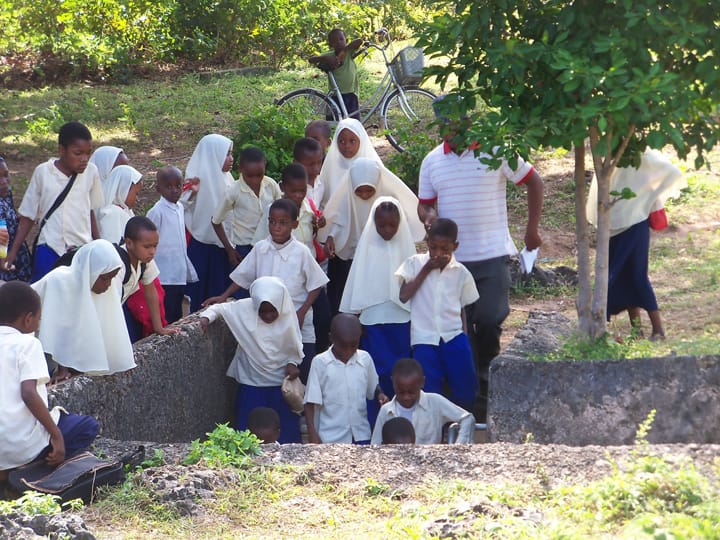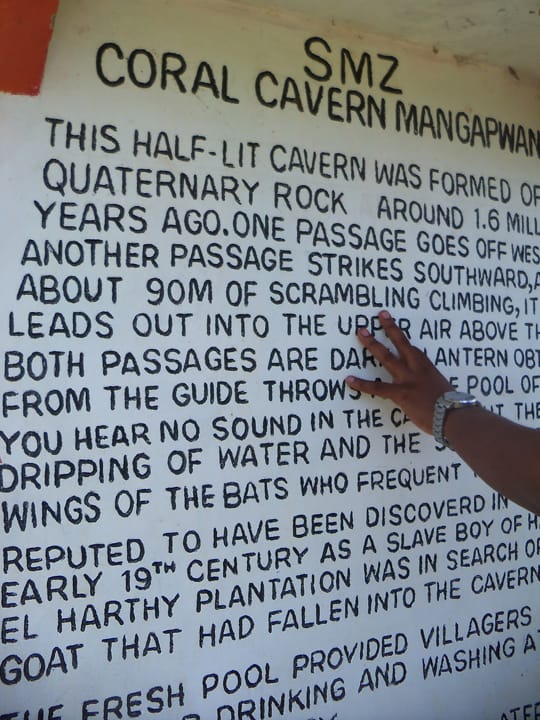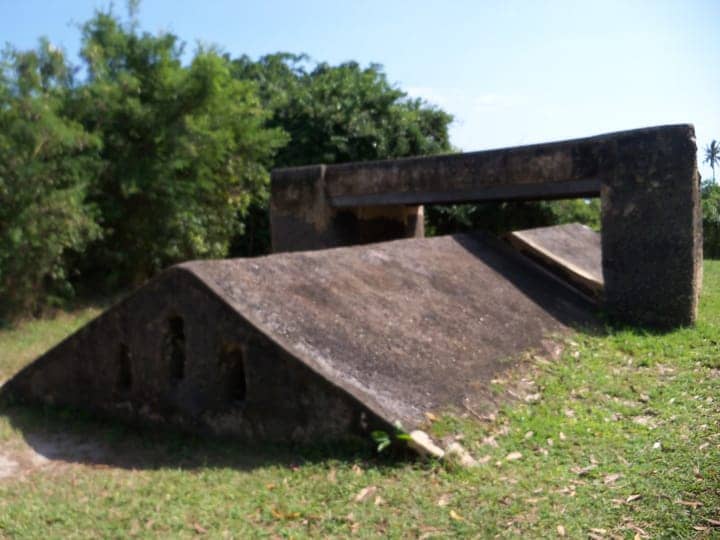by Wanda Sabir
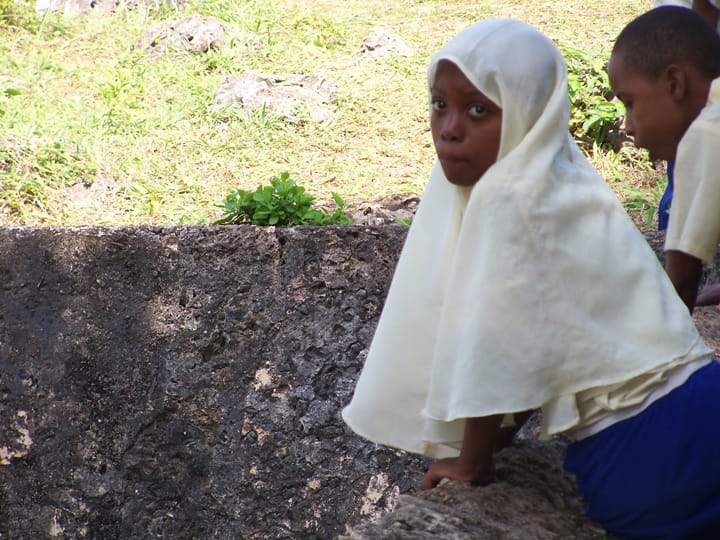
He said Livingston’s maps made it easier for the Arabs to penetrate the “interior” and that after the British abolished slavery, the Arabs continued at the Mangapwani Caves located about “20km north of Zanzibar Town along the coast” (Lonely Planet 144).
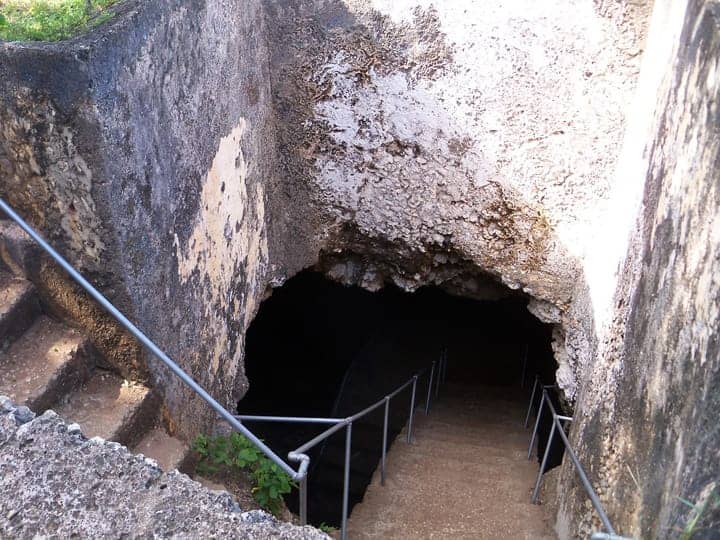
The men or women were hoisted up through the hole by rope and auctioned off. Any rebellious Africans were chained to the natural coral walls of the cave. When asked about the potential for escape, the guide said that most of the captives had never been to sea prior to their enslavement, so the idea of going back through the tunnel to the ocean and trying to swim or run away was met with despair.
This cave held the less expensive Africans; up the road, a bit further north, was another place, a cave dug from the ground – out of the coral limestone deposits – where in two separate underground rooms enslaved Africans were placed on tiers chained facing one another and sold.
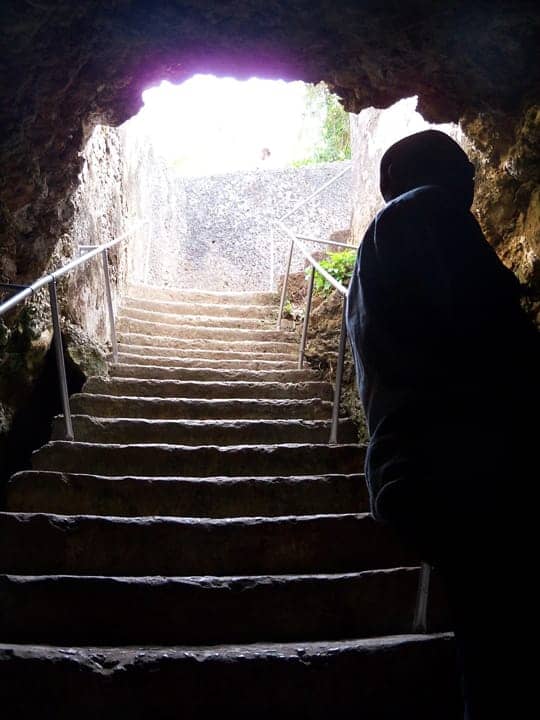
The larger cave would be covered with leaves, so no one would know anyone was there. Without a road, in the middle of the forest, it was unlikely that the Arab traders would be caught and they were not.
It seems as if everyone – I am speaking of the Indian traders who had been present in Zanzibar for many centuries amassing wealth – turned a blind eye to this trafficking until Britain saw Arab wealth as a disadvantage and ended the trade and with other Western nations divided up Africa and began another sort of captivity and exploitation known as colonialism.
We drove through Bububu to get to the caves, and what’s interesting about this town is its name, which is taken from the sound the stream engine made while pulling trains carrying goods up and down the coast. The old train depot is now a police station, yet buses headed in this direction sputter this title.
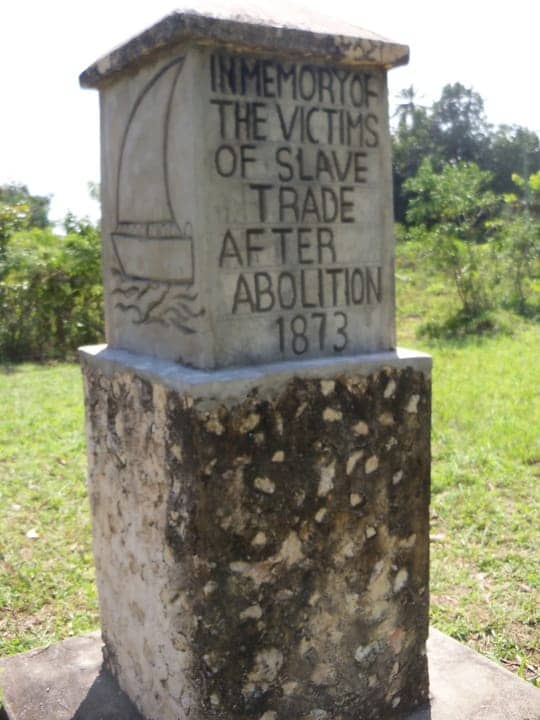
It’s quite majestic and the scientific design of the aqueduct and reservoirs, where the fresh water flowed and still does, is amazing. The inner chambers where the concubines had their indoor pool with toilets and the different types of toilet and their maintenance were also interesting.
Another palace, Sultan Seyyid Said’s Mtoni Palace, is just north of Maruhubi. It is described in Emily Said-Reute’s “Memoirs of an Arabian Princess.” I didn’t get by it.
I am still trying to register my response to the slave caves. They were just something outside of my imagination. We walked in reverse the trek these Africans made from the beach after the voyage. They were washed on the beach and it is said, they dried themselves in the sun sitting on the huge rocks below the cliff where we stood.
Coral could be seen in the shallow waters. This rocky bed gave the Arab merchants an advantage against the British, whose ships would not be able to navigate the terrain without getting stuck.
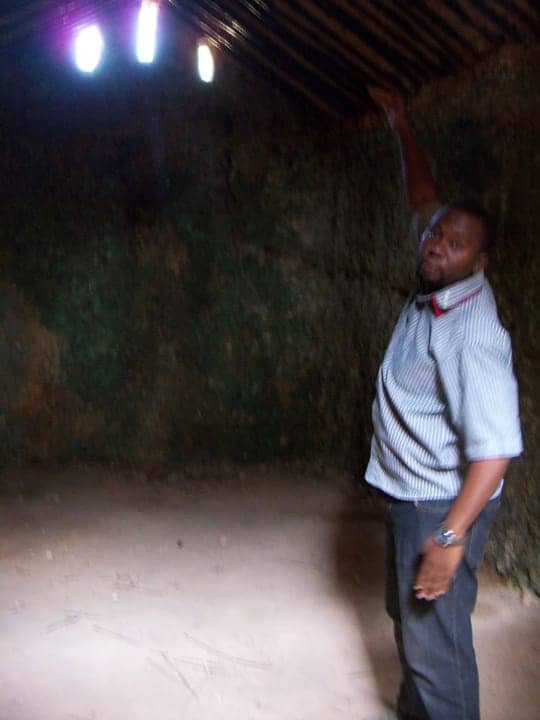
I didn’t get to church there, but maybe when I return. It’s an interesting history. They were called by David Livingston and at the heart of their beliefs is abolition of slavery. As I was reading more literature, I ran across this contested story of the “natural cave.”
“Mangapwani Slave Cave is not natural, but cut out of the coral limestone. It is a sort of cellar, more or less a square-shaped cell. It was built for storing slaves by Mohammed Bin Nassor Al-Alawi, a prominent slave trader. Boats from Africa (Tanzania) landed at the nearby beach and unloaded their human ‘cargo.’ The slaves were kept here until they were taken to Zanzibar Town or to Oman.
“In 1873 Sultan Barghash signed the Anglo-Zanzibari treaty which officially abolished the slave trade. Some time after, the cave was still used as a place to hide slaves, as an illicit trade continued for many years. Today, the cave itself remains, although the wooden roof under which the slaves were hidden has now gone. There are steps which lead down onto the cavern floor (http://www.zamatours.net/mangapwani_cave.html).”
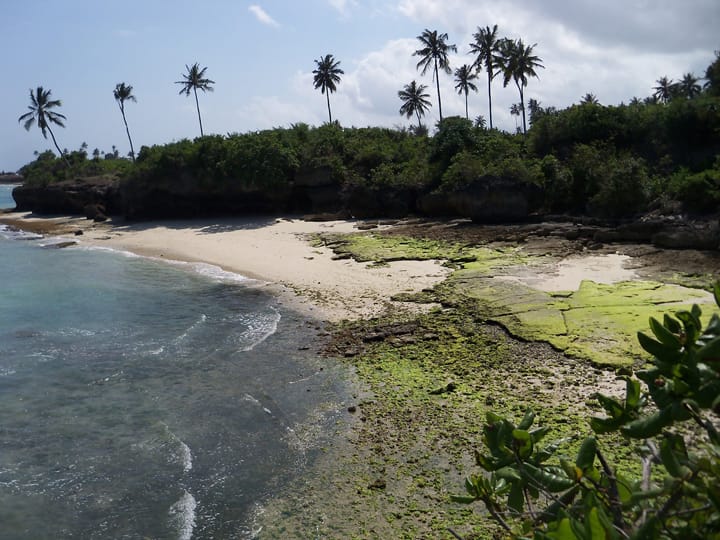
Bay View Arts Editor Wanda Sabir can be reached at wsab1@aol.com. Visit her website at www.wandaspicks.com throughout the month for updates to Wanda’s Picks, her blog, photos and Wanda’s Picks Radio. Her shows are streamed live Wednesdays at 6-7 a.m. and Fridays at 8-10 a.m., can be heard by phone at (347) 237-4610 and are archived on the Afrikan Sistahs’ Media Network. This writing and broadcast schedule is on hold until mid-August while Wanda is traveling in East Africa. Meanwhile, she is posting stories and photos to her blog on the rare occasions when she has good internet access.





